There they began to uncover strange new worlds thought to be unlike anywhere else.
With the crucial help of an underwater robot, over a hundred new species have potentially been discovered.
These species are especially vulnerable to damage from human and oceanic forces.
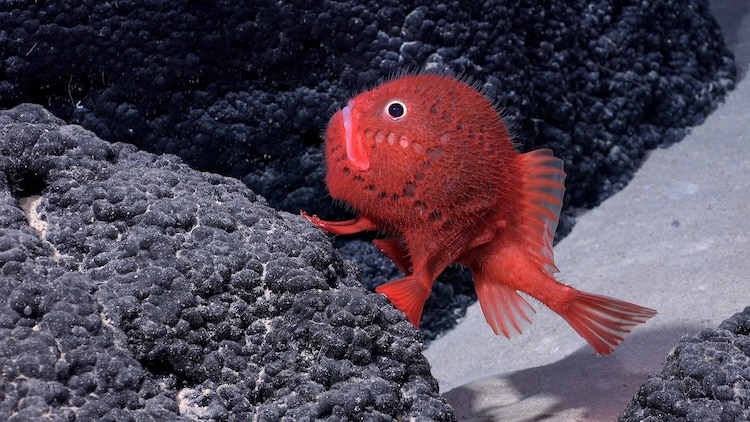
A Chaunacops (a genus of bony fish in the sea toad family Chaunacidae) is seen at a depth of 1388.65 meters on Seamount SF2 inside the Nazca-Desventuradas Marine Park. (Photo: Schmidt Ocean Institute,CC BY-NC-SA)
They have also found vertebrates such as the Chaunacops fish, known ascoffinfish.
The coffinfish survives very deep underwater only by remaining motionless on the seafloor for the majority of its life.
Therefore international efforts are needed to protect these magical oceanic mountain ranges.
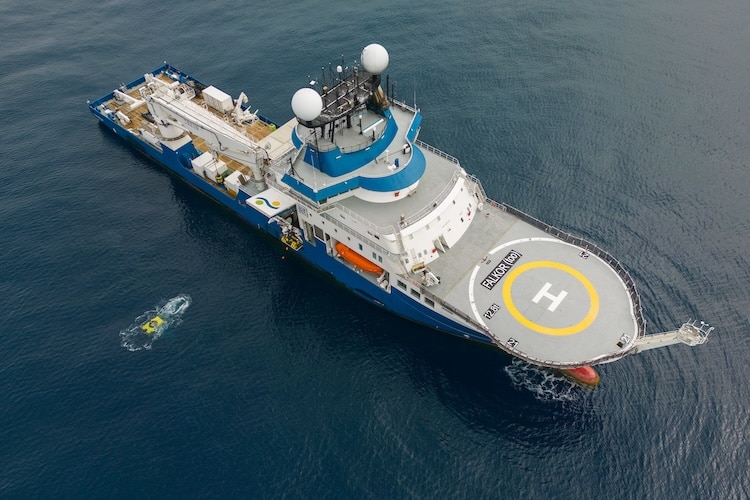
Remotely Operated Vehicle (ROV) SuBastain is deployed from Research Vessel Falkor (too) at the beginning of a scientific dive. (Photo: Alex Ingle / Schmidt Ocean Institute,CC BY-NC-SA)
Another expedition of the seamounts is already in progress, keeping theFalkor (too)crew busy.

A spiraling coral documented at 1419 meters deep on Seamount JF1, within the bounds of the Mar de Juan Fernández Multiple Uses Marine Protected Area off the coast of central Chile. (Photo: ROV SuBastian / Schmidt Ocean Institute,CC BY-NC-SA)
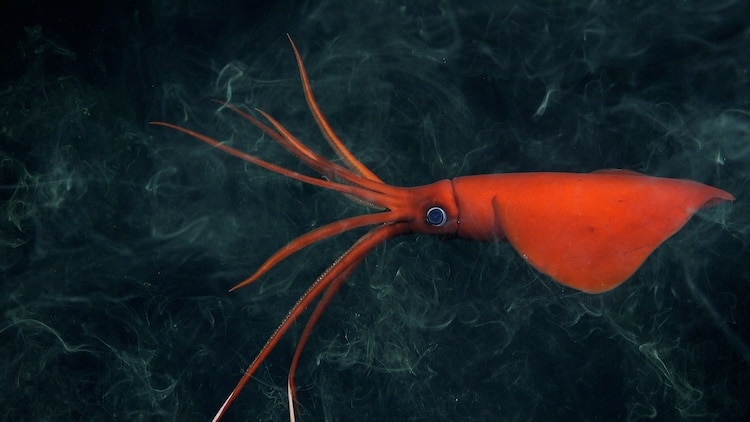
A rarely-seen whiplash squid (Mastigopsis hjorti) documented at 1105 meters depth after inking at Seamount 17 (Ikhtiandr) in the Nazca Ridge. (Photo: ROV SuBastian / Schmidt Ocean Institute,CC BY-NC-SA)
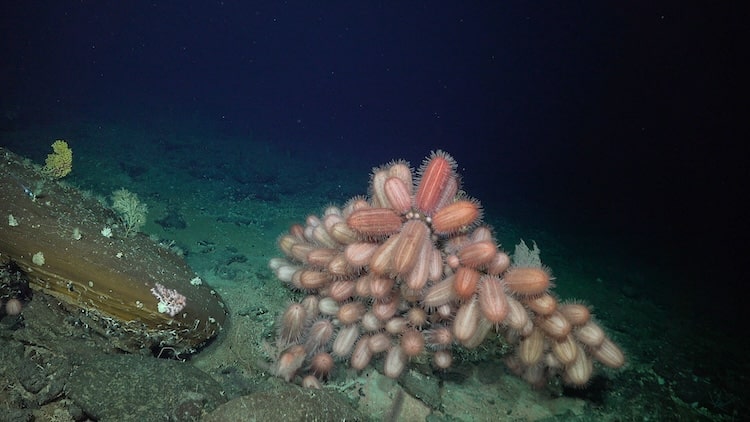
Oblong Dermechinus urchins documented at a depth of 516 meters on Seamount JF2. An international group of scientists aboard a recent Schmidt Ocean Institute expedition believe they have discovered more than 100 new species living on seamounts off the coast of Chile, including deep-sea corals, glass sponges, sea urchins, amphipods, and squat lobsters. (Photo: ROV SuBastian / Schmidt Ocean Institute,CC BY-NC-SA)
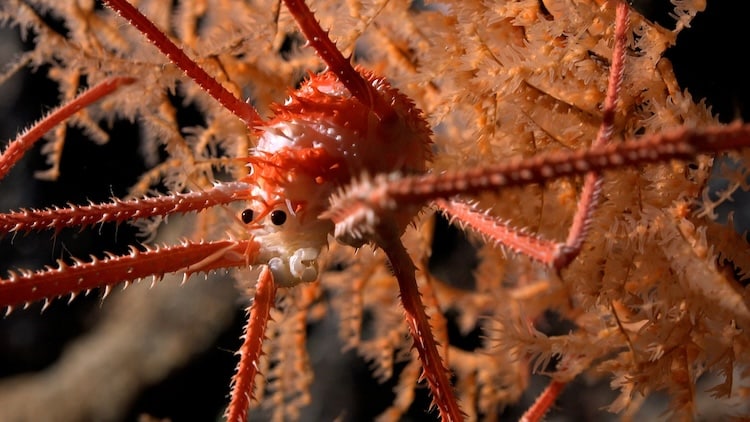
A squat lobster documented in coral at a depth of 669 meters on Seamount JF2. An international group of scientists aboard a recent Schmidt Ocean Institute expedition believe they have discovered more than 100 new species living on seamounts off the coast of Chile, including deep-sea corals, glass sponges, sea urchins, amphipods, and squat lobsters. (Photo: ROV SuBastian / Schmidt Ocean Institute,CC BY-NC-SA)

Erin Easton (Chief Scientist, University of Texas Rio Grande Valley) and Elyssia Gonzalez (Student, University of Texas Rio Grande Valley) work together in the Research Vessel Falkor (too)’s Main Lab. (Photo: ROV SuBastian / Schmidt Ocean Institute,CC BY-NC-SA)